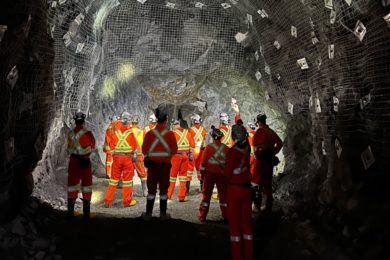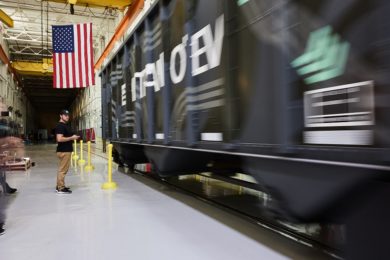Evolution Mining’s efforts to achieve net zero emissions by 2050 are already being witnessed at its Red Lake Operation (RLO) in Canada, where the company is pursuing fleet replacement and energy efficiency gains through deepening its partnerships with Epiroc and Rokion.
The pacts with the two battery-electric vehicle (BEV) service providers also extend to operational changes Evolution is making via fan timers for underground ventilation at RLO.
In partnership with Epiroc, Red Lake has taken the opportunity to leverage its offering of conversion kits to transform diesel-powered loaders easily and seamlessly to battery-electric driven operation, it said. RLO has ordered two of the converted diesel-powered Scooptram ST1030 machines for deployment underground with the first one delivered at the start of December 2021. The site has also ordered two Scooptram ST14 battery-electric loaders that are designed based on the diesel ST14 version, which are scheduled for delivery in 2022. This order was announced last year by Epiroc.
The Red Lake team has also purchased three Rokion electric light vehicles – two R100s and an R400. They have been risk assessed in the field, have dedicated charge stations and are capable of online data capture and storage, the company said.
Rokion says the R100 series includes a four-passenger crew truck and a two-passenger utility truck, with both models built on the same frame dimensions and available in ramp-ready configurations. The R400 platform, meanwhile, is able to accommodate three passengers in a utility vehicle setup or up to 12 in a passenger crew variant.
“The electric fleet brings the opportunity to save on maintenance, cooling and ventilation costs with reducing expenditures related to diesel and power usage,” Evolution Mining says.
“This cost saving and energy efficiency has similarly been seen in the recent changes to the underground ventilation fan timers, which are vital in clearing the drives, post blasting of headings. After assessing the timer programming, the functionality of the fan timer switch was altered so that operators can run them when needed rather than running automatically at irrelevant times.”










